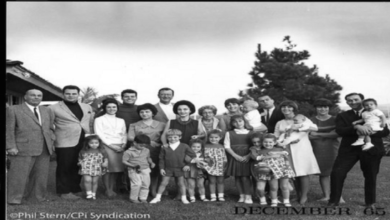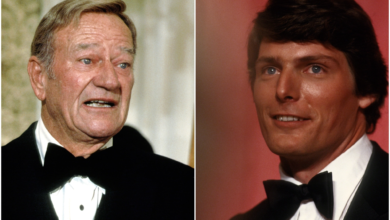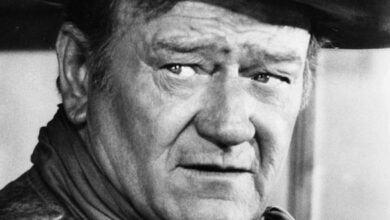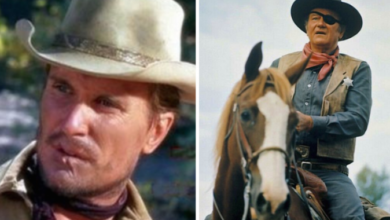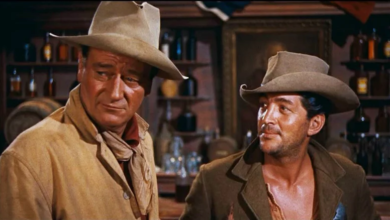John Wayne ‘s roles on television are not recognized , but he is proud when he mentions .
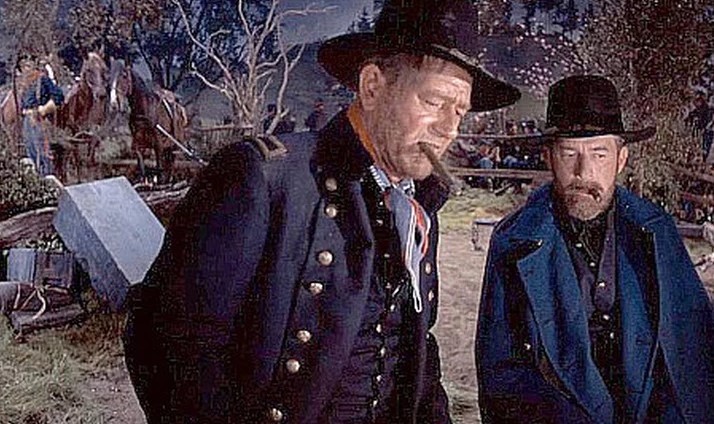
When John Wayne showed up on television, he was usually playing himself in a showbiz cameo, like his “I Love Lucy” guest appearance. As one of the century’s biggest movie stars, he didn’t exactly need exposure.

But Ward Bond, Wayne’s co-star in many of legendary director John Ford’s movies, struggled over whether or not he should make a move to television. When Ford discussed it with Bond, he got blunt. According to Joseph McBride’s book “Searching for John Ford,” the director called his friend a “dumb Irishman” and asked, “Don’t you act for a living?”
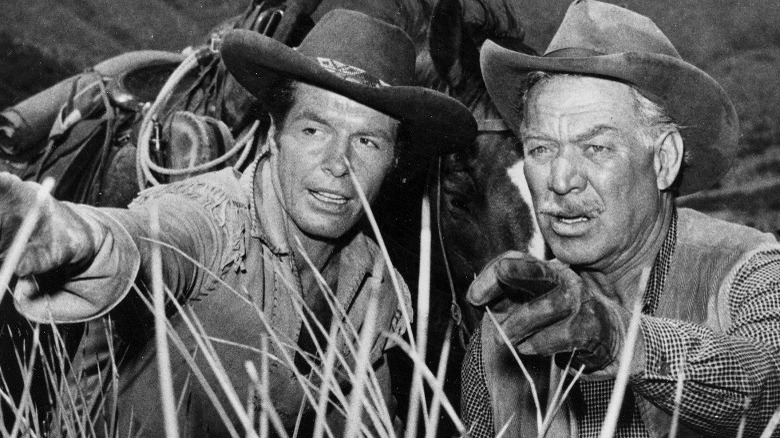
Bond listened, and took a leading role in “Wagon Train,” a major TV western of the ’50s and ’60s. The show was once the highest-rated western on television, even beating out its regular competition, “Gunsmoke.” And Bond was far from the only movie star to appear in it.
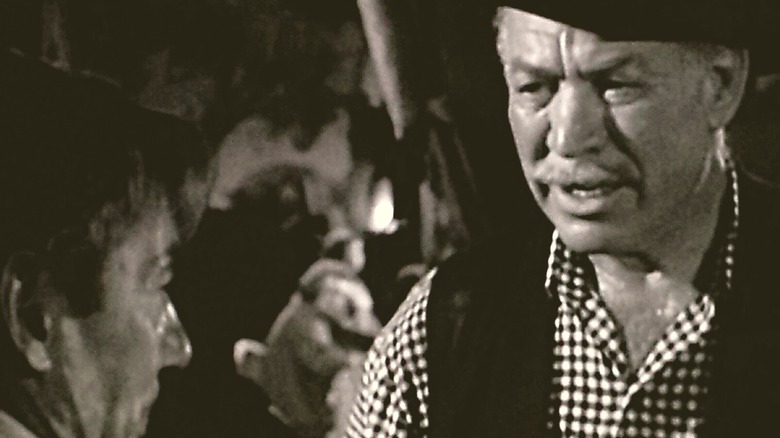
The show began in 1958, and owed a great deal to John Ford’s vision of the American West. Every one of its many episodes focused on a unique character, either somebody in the wagon train or somebody the wagon train encountered, which made the show particularly supple ground for guest stars.
When Ford directed an episode of the show, 1960’s “The Colter Craven Story,” the ostensible star was Carleton Young, another Ford stock actor, who played the part of Colter Craven. But dig into the credits and you’ll find another name: Michael Morris … who was actually John Wayne, perhaps the biggest star to appear on the program. And he did it in near secret.

As televisions became more commercially available in the 1950’s, the TV western became one of its most ubiquitous genres, lovingly homaged in Quentin Tarantino’s “Once Upon a Time in Hollywood.” There were so many western TV shows that only a few are still widely remembered today, regardless of their contemporaneous popularity (shows like “Gunsmoke” and “Bonanza” remain cultural milestones even as others vanished). Like many film westerns, these shows took place a couple of years after the Civil War, using national scars and the rocky terrain of the country’s westward expansion as raw material.
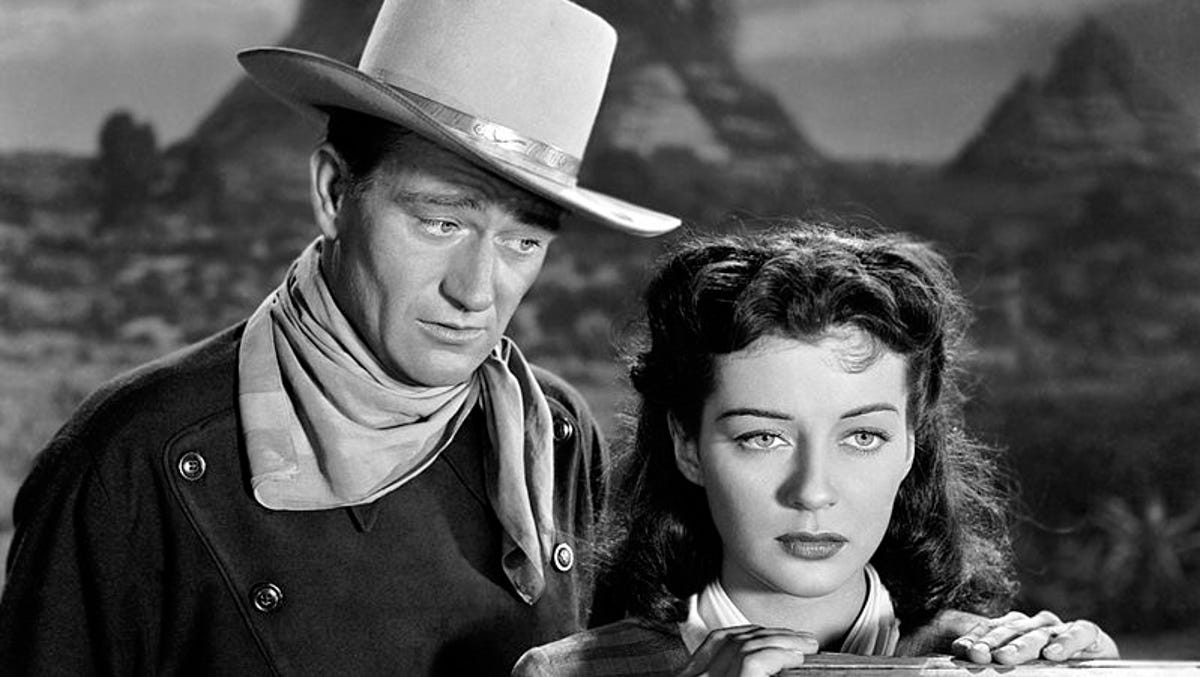
“Wagon Train” was one of those shows. It didn’t just incorporate the communal warmth and actors of John Ford’s westerns — it borrowed story beats from his 1950 film “Wagon Master,” about 19th century Mormon pioneers. When Ford came on to direct his episode, he even used the movie’s location photography to give the episode a grandeur that differentiated it from the other westerns on television, according to Joseph McBride’s “Searching for John Ford.”
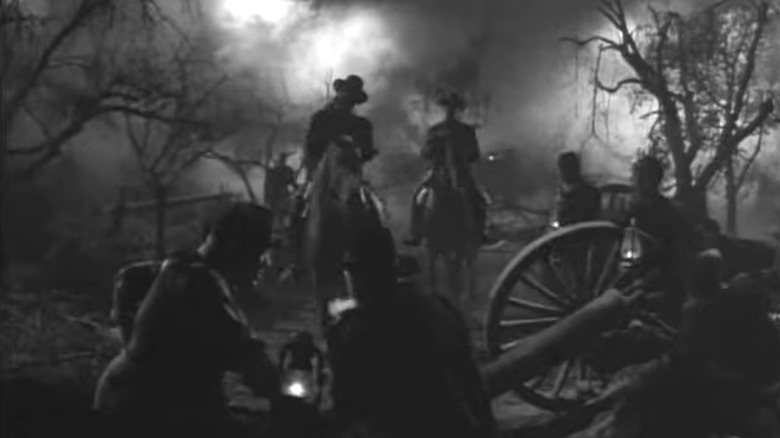
Where the initial movie was more concerned with the historic transport of pacifistic Mormons across the wilderness, the TV show became more secular by cutting out the Mormon element. The premise needed to carry the show through 284 hour-long episodes. All that mattered was that the wagon train kept moving.

